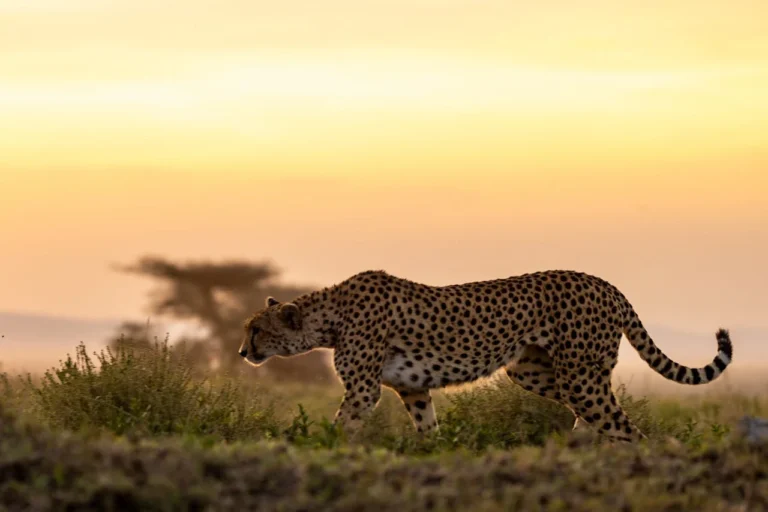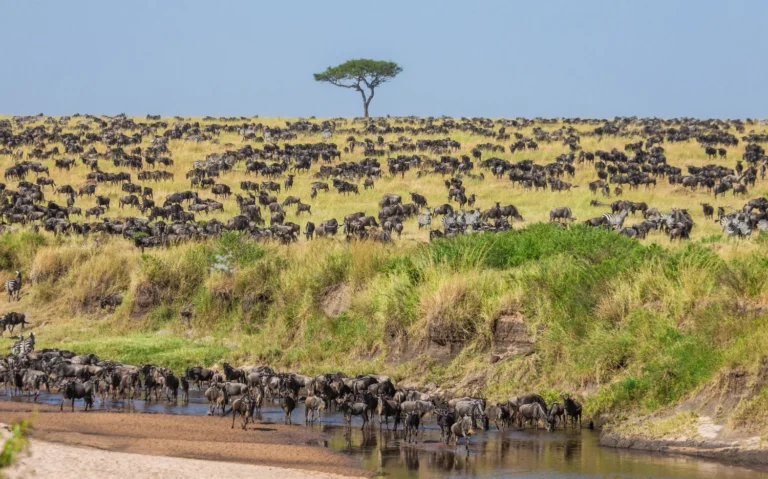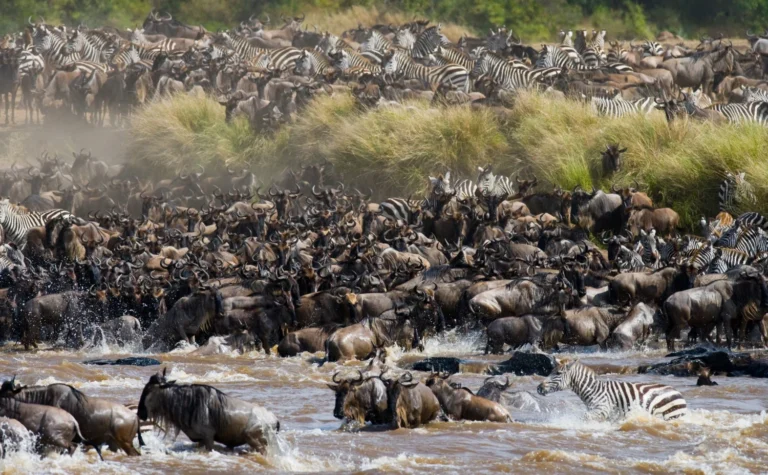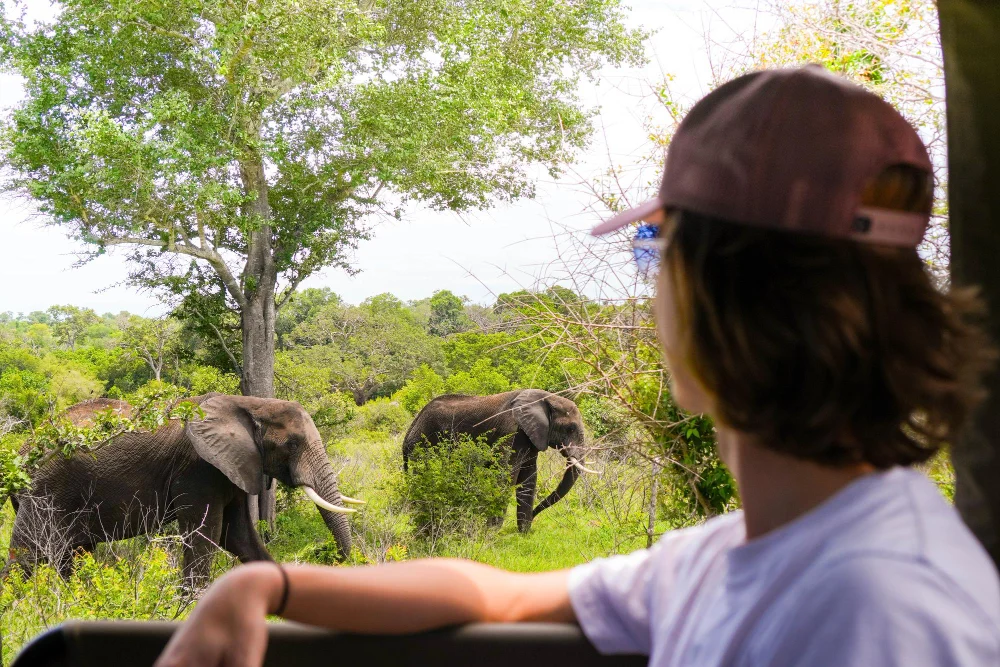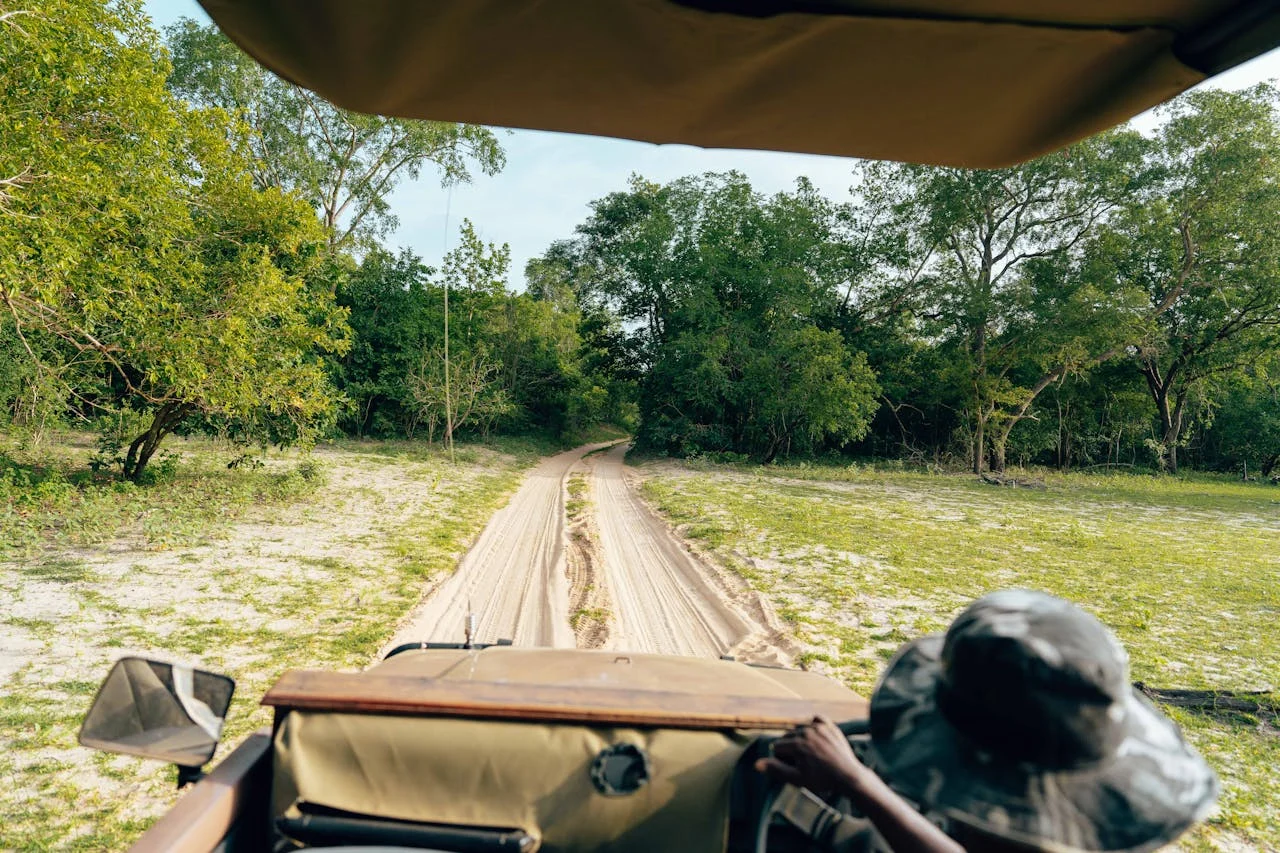Full Destination Details
Location & Landscape
The Serengeti ecosystem stretches across northern Tanzania, bordering Kenya’s Maasai Mara. The park is divided into key regions:
- Southern Plains (Ndutu) – Calving grounds (Jan-Mar) where wildebeest give birth to over 500,000 calves in 3 weeks. The short grass plains provide perfect visibility for predators.
- Central Seronera – Year-round wildlife, ideal for first-time visitors. The Seronera River valley supports permanent water sources that attract resident game.
- Western Corridor – Grumeti River crossings (May-Jul) where crocodiles up to 6m long wait for migrating herds. Dense riverine forests shelter rare patas monkeys.
- Northern Serengeti – Mara River crossings (Aug-Oct) create dramatic scenes as herds brave strong currents and waiting predators. The remote Lamai Wedge offers exclusive safari experiences.
Highlights to Look for in Serengeti
The predator and prey interactions in the Serengeti are like nothing else out there.
Great Migration
- Wildebeest (1.5 million) – The migration drivers that follow ancient rainfall patterns.
- Zebras (300,000) – Navigate using memory and serve as the “brains” of the migration.
- Gazelles – Follow the rains and provide alternative prey for predators.
Big Cats & Predators
- Lions (3,000+) – The largest population in Africa, including famous tree-climbing lions in the south.
- Leopards – Often seen in sausage trees along river courses, especially the Seronera River.
- Cheetahs – Hunt on open plains, particularly in the southeastern short-grass plains.
- Hyenas – Highly intelligent hunters that form clans of up to 80 members.
Resident Wildlife (Non-Migratory)
- Elephants: Large bulls in woodlands, with some herds showing increasing tusk sizes due to conservation efforts.
- Giraffes: Masai subspecies dominate, browsing acacia trees in family groups.
- Buffalo: Massive herds in swamps that form defensive circles against lions.
Best Time to Visit
| Season | Highlights | Considerations |
|---|---|---|
| Calving (Jan-Mar) | Baby wildebeest, predator action in Southern Plains | Crowded in Ndutu, occasional rain showers |
| River Crossings (Jul-Oct) | Dramatic Mara River scenes in Northern Serengeti | Peak season pricing, limited lodge availability |
| Shoulder Seasons (Apr-Jun, Nov-Dec) | Fewer tourists, lower rates, beautiful green landscapes | Some areas inaccessible due to rain, migration moving between zones |
Guide Tip: “Late February offers the best balance, newborns but thinning crowds as the migration starts moving north.”

